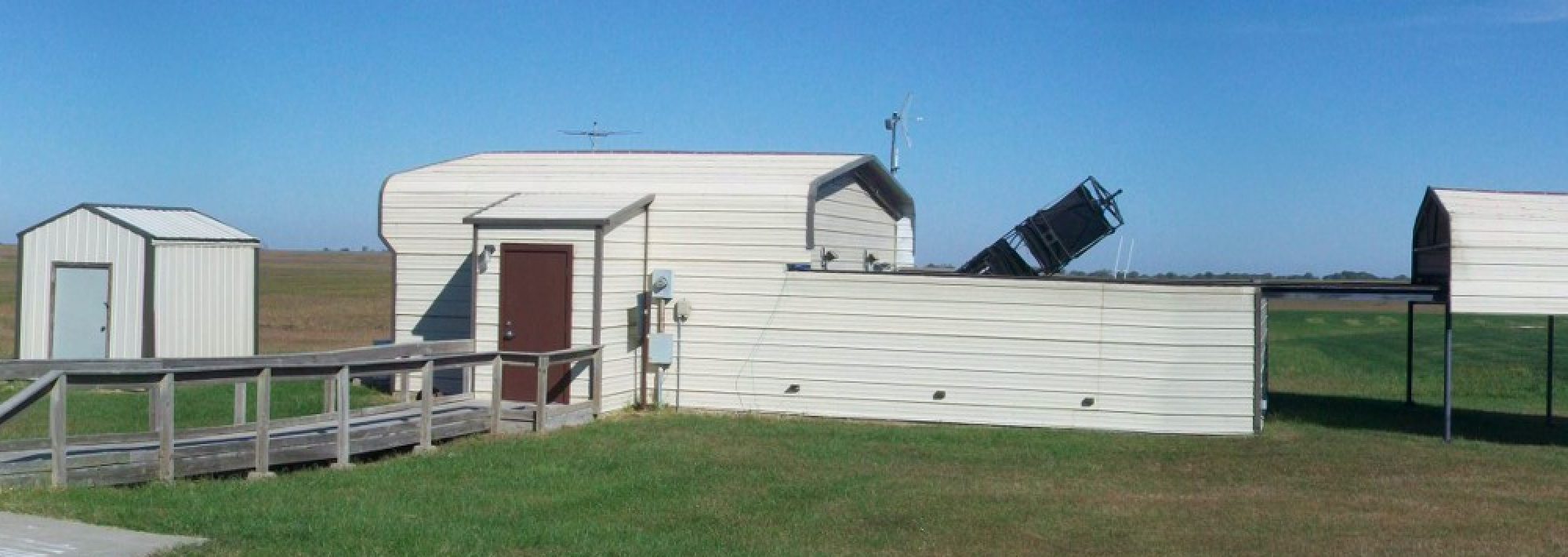Flat galaxies aren’t strictly flat, as in having zero thickness. They do have thickness. And that’s not really a contradiction: if zero thickness were the only meaning of flat, flat tires wouldn’t be flat either…
No, flat galaxies are simply galaxies of a roughly disk shape, and ones that we happen to see edge-on. (Actually, that’s the only vantage from which you can tell they aren’t perfectly flat.)
So, this year I launched into the Astronomical League’s Flat Galaxy program, taking images of flat galaxies using the big Tombaugh telescope and its ccd camera. My trial attempts were, well, trying:

The Integral Galaxy (so called for its shape) is warped by gravitation from a nearby dwarf galaxy (not seen here). It’s a very nice galaxy, but this image is noisier than it should be, and the star shapes are not really round.
Over this last summer, I got some skills:

The above is NGC 973. This image’s noise is lower, stars are tiny (well focused) and round, structure of the galaxy is obvious, and you can even see several other galaxies in the image–I count 5, your mileage may vary.
By the end of the summer and the end of my flat galaxy program, I had better control of the situation:

The above is the Needle Galaxy, NGC 4565. So last month I sent the Astronomical League 100 (!) flat galaxy images and details about how I took them and more details about geometric measurements I made on them, and then last week I received certificate number 9 for AL Flat Galaxies. But mostly this was imaging (elementary) school for me. My next AL project concerns the more difficult Arp galaxies, some images to be posted soon…


